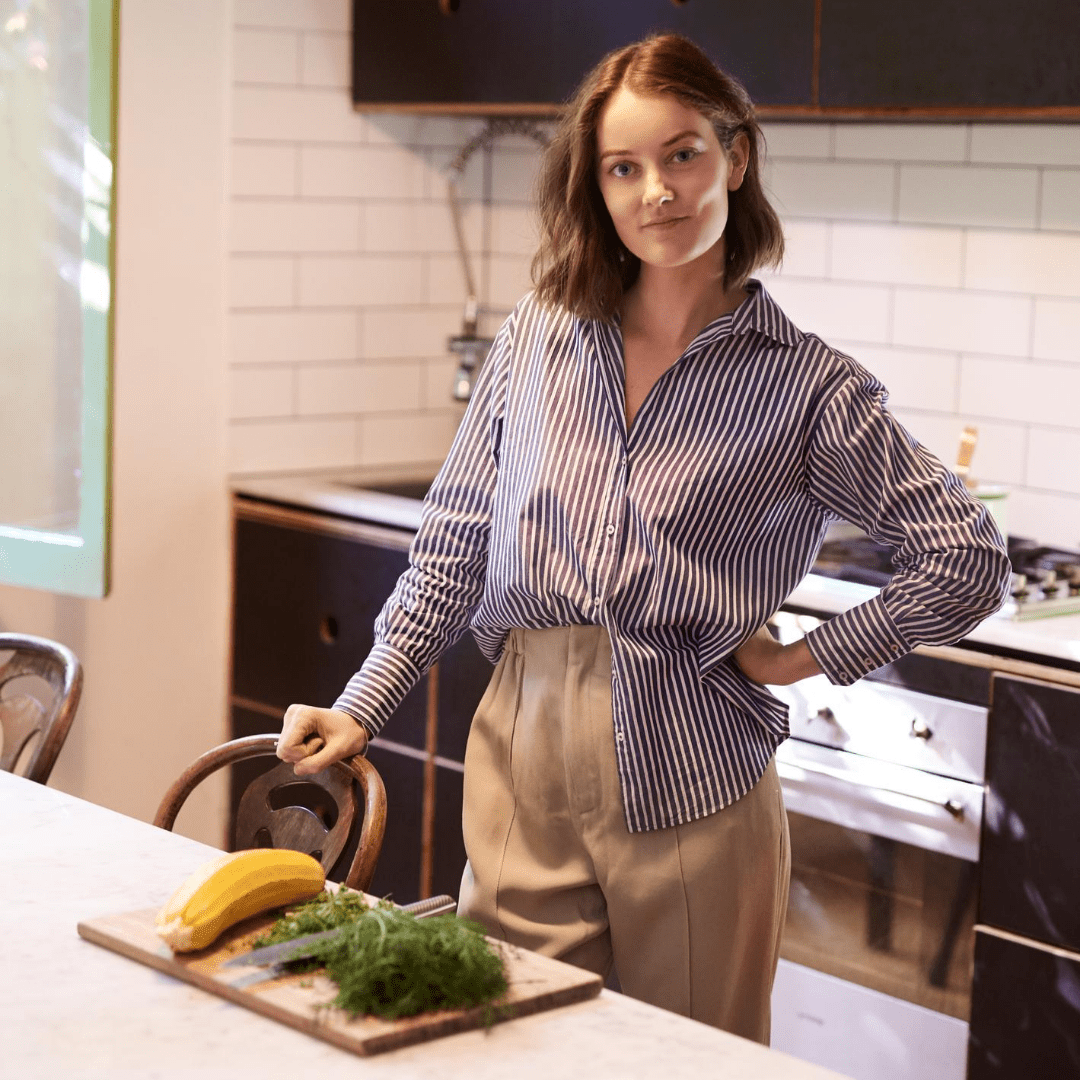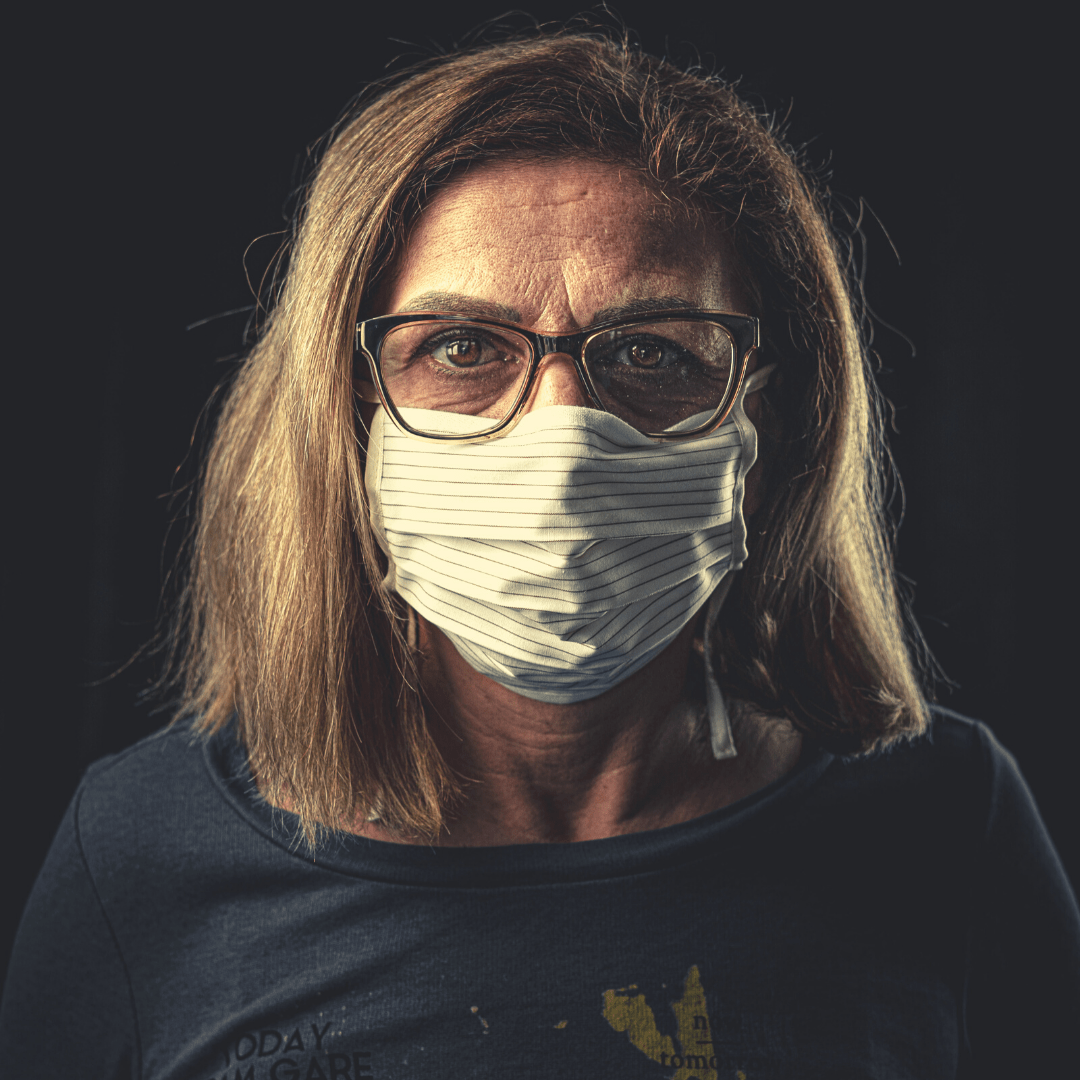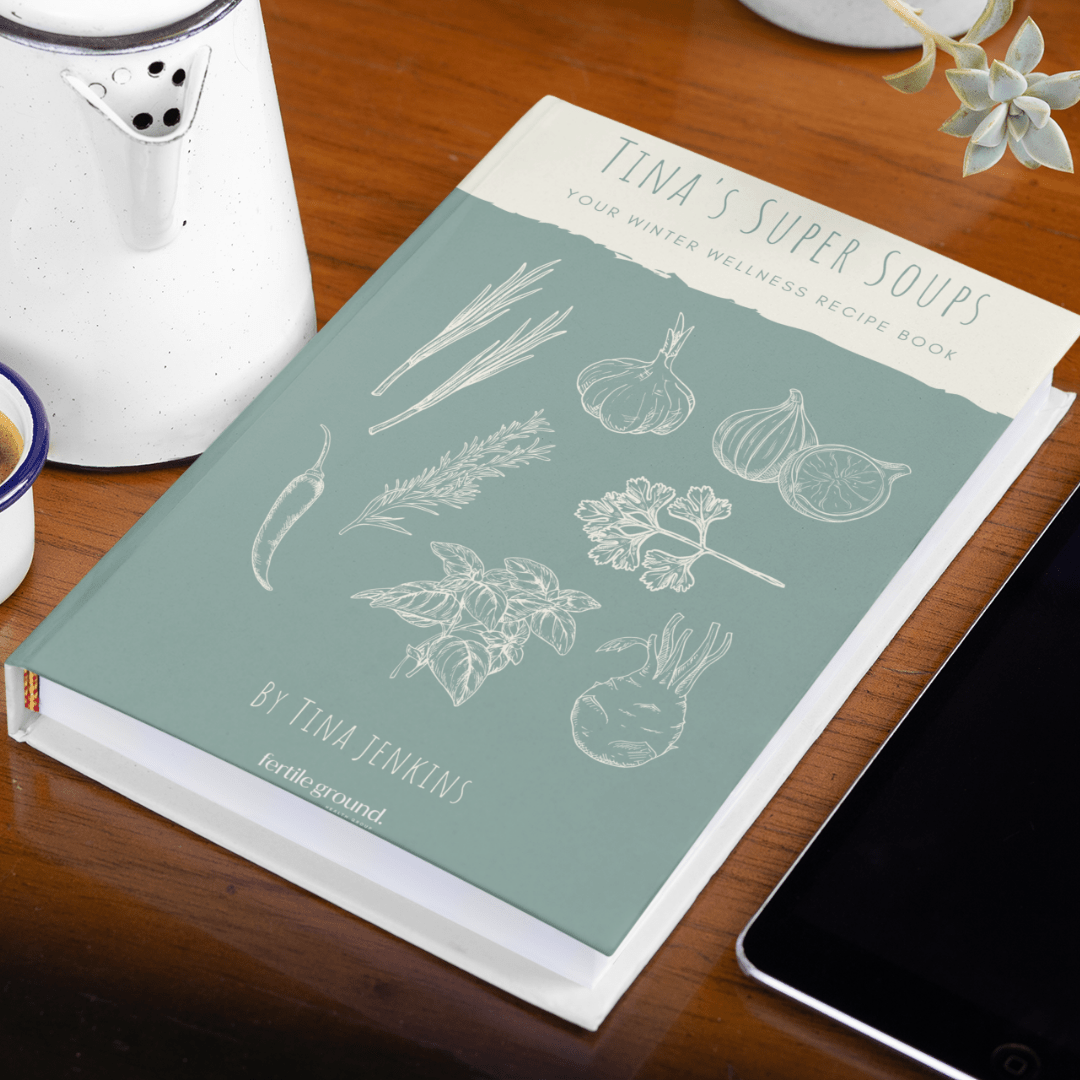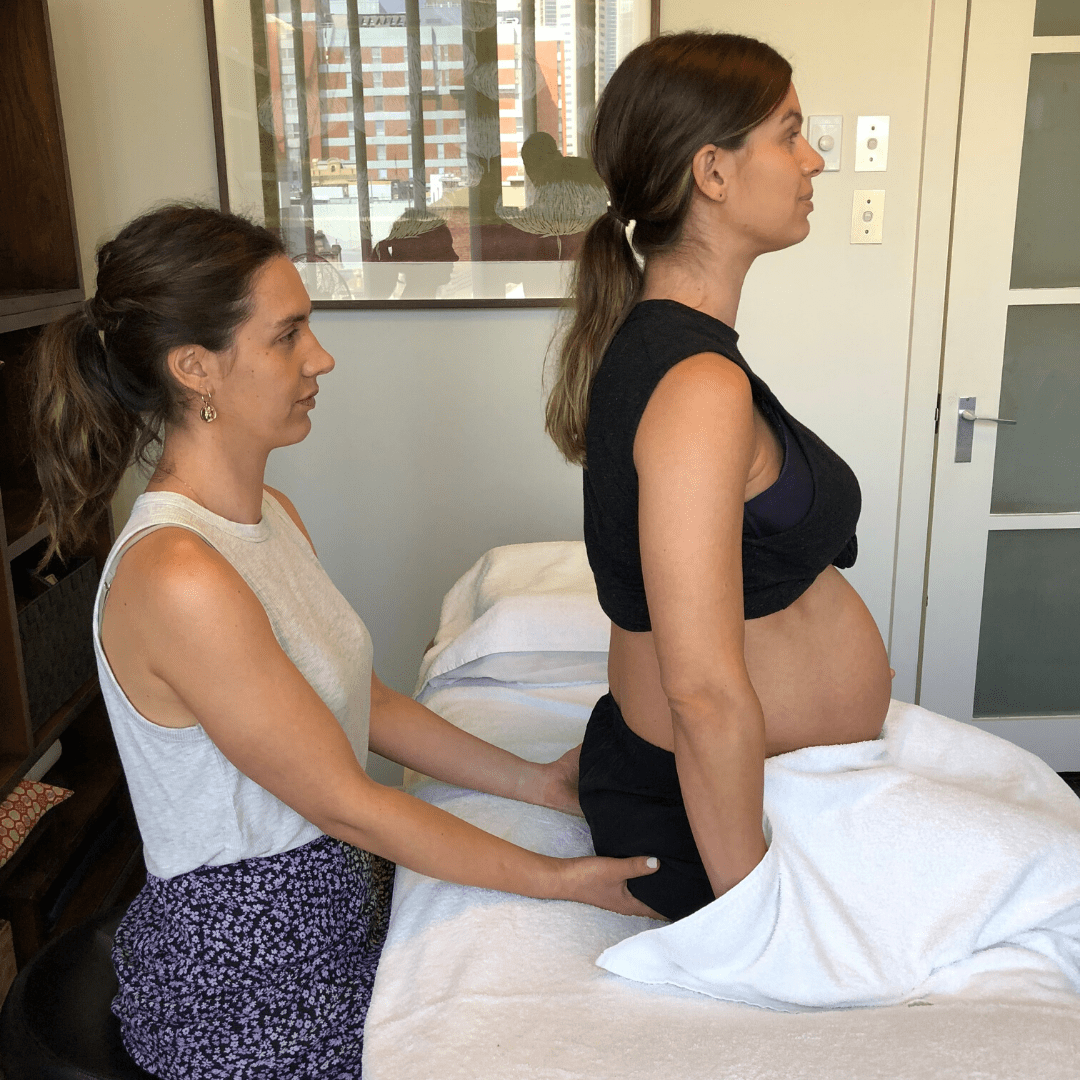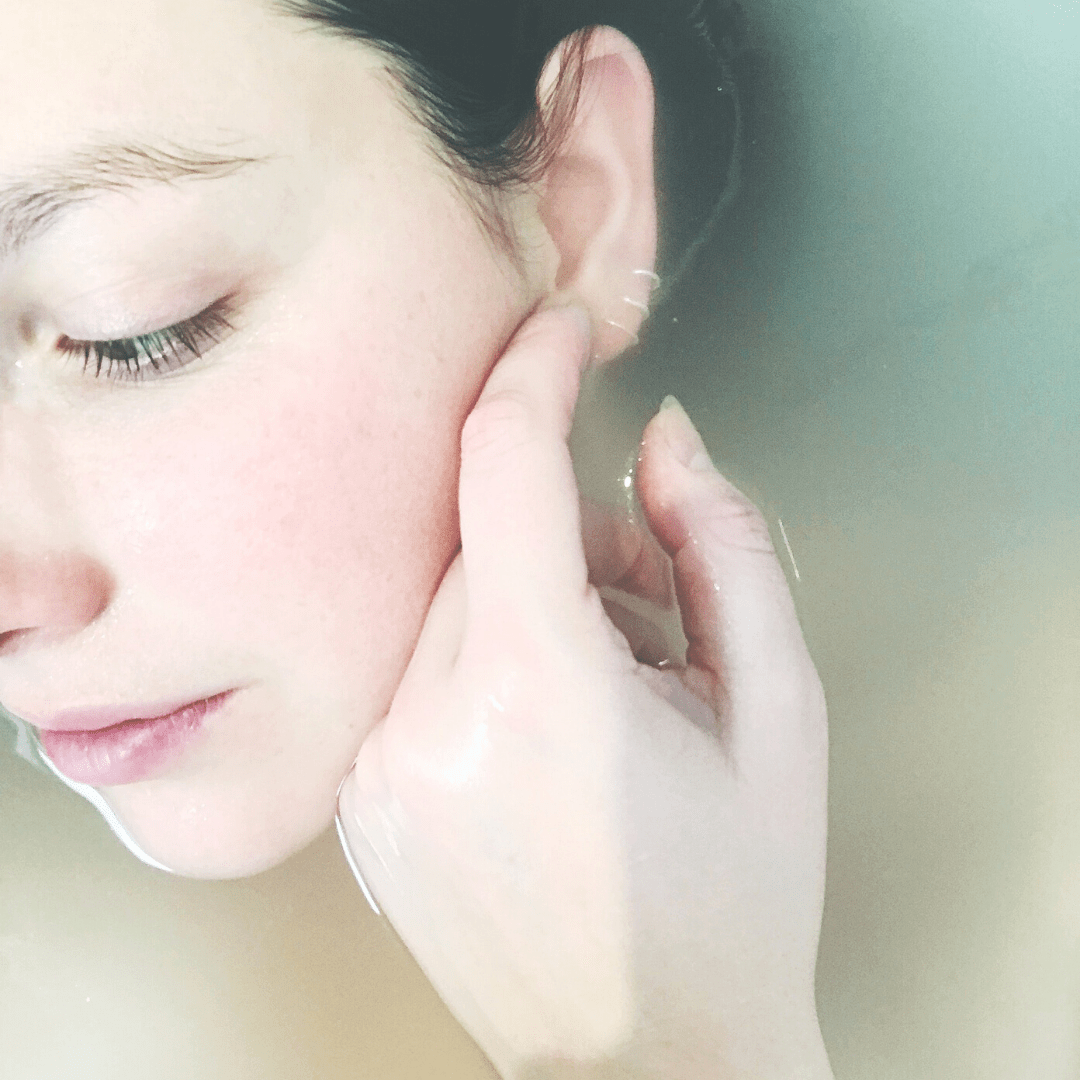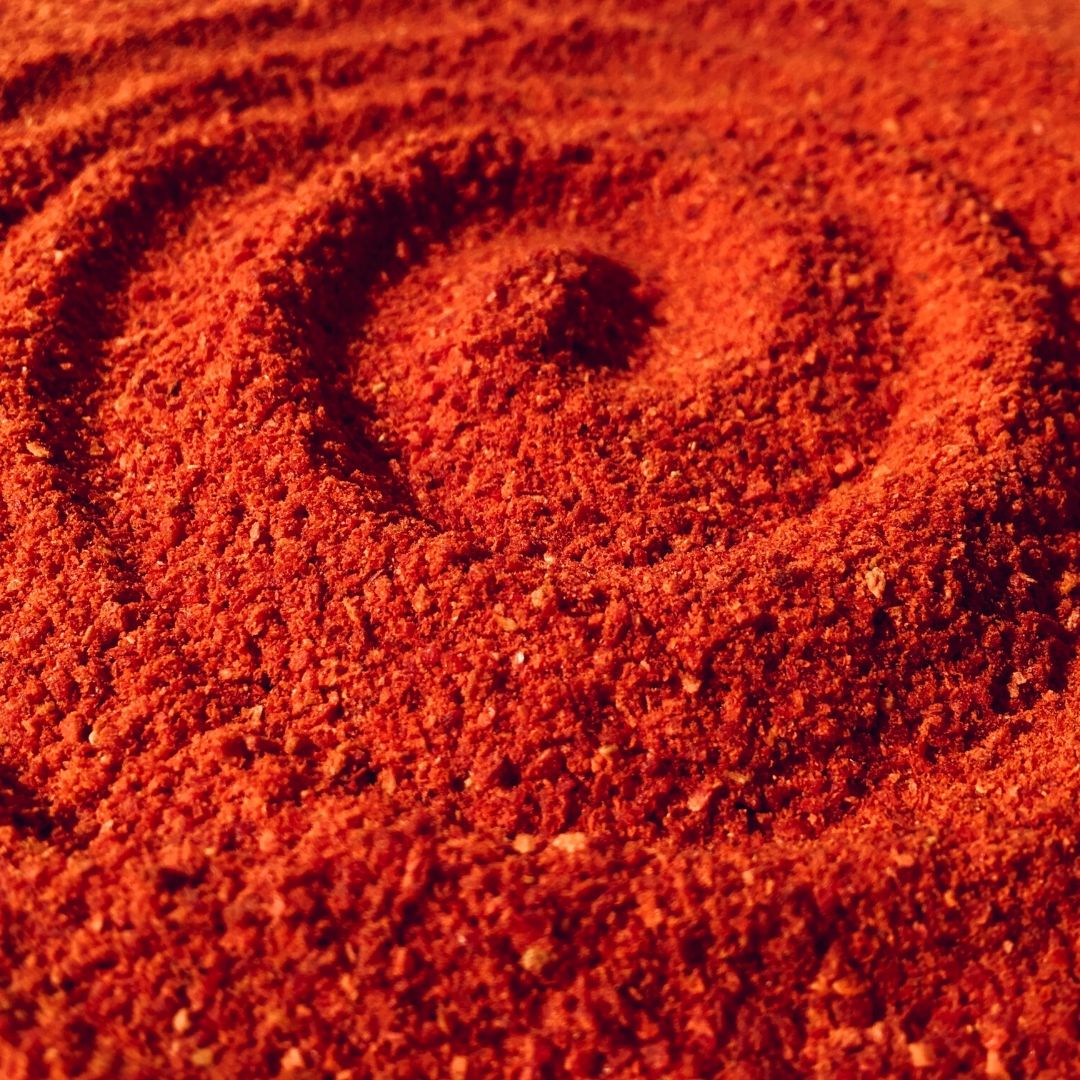
We are here to help you – it’s what we love to do. This COVID care package is for you if you:
- Want better health, rest and body-wide repair,
- Want help with navigating the complexities of making your Fertility Plan,
- Have PCOS and want to start making healthy recovery strides simply by adjusting your diet,
- Need help creating better breathing and respiratory health habits to carry you through a COVID climate,
- Are experiencing frayed mental edges that need soothing,
- Want relief, attention and release of areas that experience cyclic or persistent pain,
- Love to have beautiful restorative sleep,
- Want insights into how to ramp up the health of your diet and your digestive tract
How can we help?
You may have noticed that we’ve enacted an outpouring of free things to you since the inception of COVID. We have made a concentrated effort to create free resources for you with love from many of our wonderful practitioners, to support your mind, body, and sense of connection through all the recent challenges and beyond.
These resources have felt like a lifesaver for many people who have felt disconnected, stressed, in pain, anxious and fearful with reverberating body-wide repercussions like restlessness, digestive issues, insomnia, panic attacks, breathing difficulties, muscular pain and more. It’s important that you pay attention to your health with even more precision during stressful times like these.
We are robust and resilient when given the right ingredients for thriving and surviving.
Your COVID Care Package Freebies
We are dedicated to supporting you now and beyond – download any and all of the freebies contained below in our free COVID Care Package. We have built all of these resources for you and will be adding to this package often over the coming months, so keep your eyes peeled on our newsletters and Instagram OR Facebook pages so that you can grab each freebie as it comes out.
It is our pleasure and mission to support your glowing health and healing always.
Free 10-minute Naturopathic Wellness Consults
Book here for anyone who needs preventative wellness strategies for immunity, symptomatic relief for an acute condition and general health enquiries. We will, of course, refer you if needed for more complex issues/conditions, but this is a great way to make a start toward your healthier life.
Immune Essentials E-book
Nine simple steps to enhance your health and resilience written by our wonderful naturopathic team.
Get instant free access and start taking simple actions every day to improve your immunity and stay well this winter.
Your Fertility Plan
Naturopath, Sage King, is putting together a free 6 part series designed to help you navigate your fertility journey. Sage touches on everything from preconception care, pathology screening, to assisted reproductive technology (ART) and how to optimise your outcomes with Naturopathy. Register to be notified when the series is released.
Free PCOS & Diet Guide
Do you have PCOS? Access this simple Naturopathic guide to get started with balancing your body through your diet. Inside you’ll receive delicious PCOS friendly recipes, detoxification details, information on how to approach carbohydrates, fats and proteins, food swap charts, as well as steps that you can take to really kickstart your healing. Well known PCOS treating Naturopath, Josephine Cabrall, has put this together to help anyone suffering with PCOS start to find the path to healing. Get your free copy of this fantastic resource.
Deep Sleep Yin Yoga
Jane Holland, yoga teacher, international retreat facilitator and educator has lovingly created this Deep Sleep online series in collaboration with Fertile Ground at The Melbourne Apothecary.
These yin classes are designed to guide you into your body to fully inhabit sensation, find release and arrive in spaciousness, allowing you to melt tension and move into a deep state of rest. Jane is generously offering to everyone to come and experience their first class free.
Register for your first free class and get ready for the rest 😴 of your life.
Free Buteyko Starter Pack for Healthier Mask Breathing & Nervous System Relief
Mask wearing and mask breathing is really hard. Why? Much of it is to do with carbon dioxide which, when understood and used to your advantage, can actually be used to improve your health rather than hinder it. In fact it can be part of the solution to many health issues beyond respiratory protection. Use this Starter Pack to begin to address your foundational respiratory health.
The Starter Pack includes 3 x 15 minute Buteyko embedded meditations and comprehensive instructions about duration, frequency, what to expect as results. Made with love by our breath specialist naturopath Carly Woods
Carly has also made a hilarious and informative online quiz entitled ‘Are you a Dirty Mouth Breather?’ So go ahead and find out – are you a Dirty Mouth Breather?
Acupressure for Stress Relief
Stressed? Understatement of the year perhaps.
Download this wonderful Acupressure for Stress Relief Guide from Acupuncturist, Chinese Medicine practitioner and Naturopath, Holly Peyton-Smith (thanks so much Holly).
Grab it fresh out of the digital inbox and take therapeutic action to slay your stress.
Winter wellness Super Soups RecipEbook
This fabulous Super Soups Ebook has been built for you with love by Naturopath Tina Jenkins. Do you want to ramp up your Winter wellness in an oh-so-delicious way?? If so, make sure you grab your copy here.
Phew! That’s A LOT of resources for healthy living that you can use right now or access later as you need. Feel welcome to share it with your friends too – these resources are for everyone.
Have a great time consuming all of these wonderful resources packed full of actionable health-enhancing goodness. Thank you to all of our loving practitioners and team for putting these together for our community so quickly and with such care.
Brought to you by Carly Woods Director, Naturopath and Breath Specialist, Fertile Ground Health Group and The Melbourne Apothecary.


 Written by
Written by 